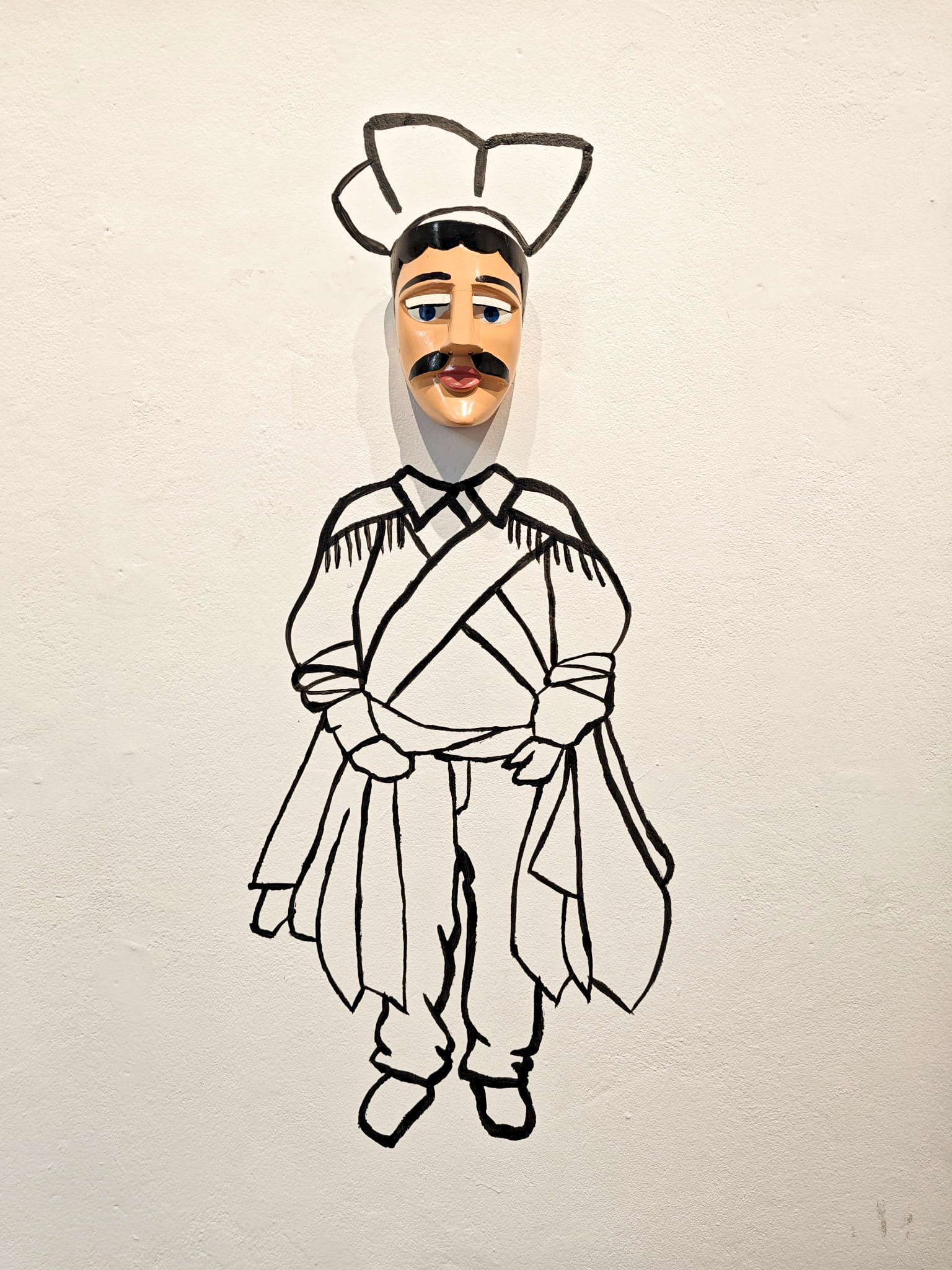The other faces of Nicaragua

The current territory of Nicaragua had several languages (Nahuatl, Chorotega, Nahoa) and various types of population and religious beliefs until the arrival of the Spanish.
Since then, as in all of Latin America, there was a strong process of evangelization, transculturation and immigration that was highly differentiated between the Pacific coast, more of Spanish influence, and the Atlantic coast, with Caribbean influences. We can still find two culturally and socially differentiated Nicaraguas.
This sample is limited to some masquerade expressions of the Pacific area, with a particular cultural syncretism with Christian roots. The manifestations of masked dances show the presence of festivities developed during evangelization and resistance, with original theatrical expressions such as the Baile del Gueguense or the Macho Ratón, recognized as the first piece of colonial theater of resistance, as well as others such as the Danza del Gigante and the Danza de los Mantudos.
Another line of expressions of strong impulse of the society of the doctors of the XIX century, for example the Danza de los Diablitos or the Danza del Viejo y la Vieja, express both the popular and the elitist in the themes and at the same time the liberal debauchery. They are mainly manifested in religious festivals such as San Sebastian.
We also find an expression of immigrant cultures in the Gypsy or Hungarian Dances, also known as the dance of the “Aparecidas” because of their mysterious character of appearing suddenly in popular festivities, and because it is not clear how they arrived in Nicaragua. This presence of the gypsy culture was extinct and was recovered in the last decades.
Finally, we find an outstanding manifestation, the Procession of the Agüizotes, seen as an expression of Nahualism and popular myths and traditions.
This tradition is found in several Central American countries and strongly in Costa Rica. In 1880, Rubén Dario described this festival in his poem “El Gueguense” and depicts the agüizotes as ghostly characters that roam the streets of Masaya scaring the spectators. In the 20th century, the agüizotes festival gained popularity and in 1916 was declared cultural heritage of Nicaragua.

